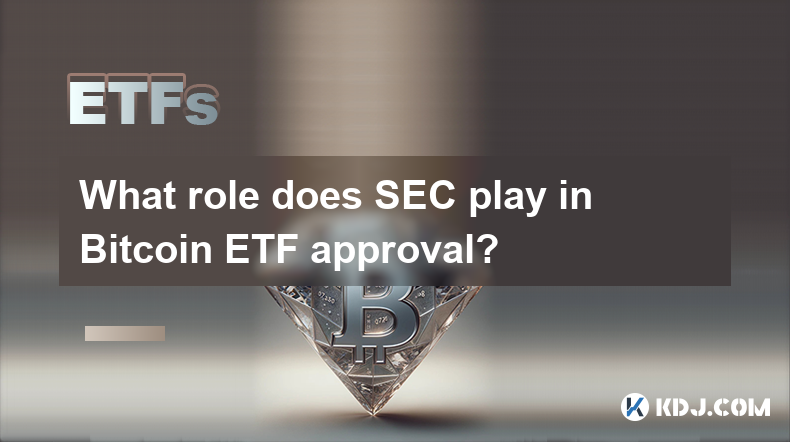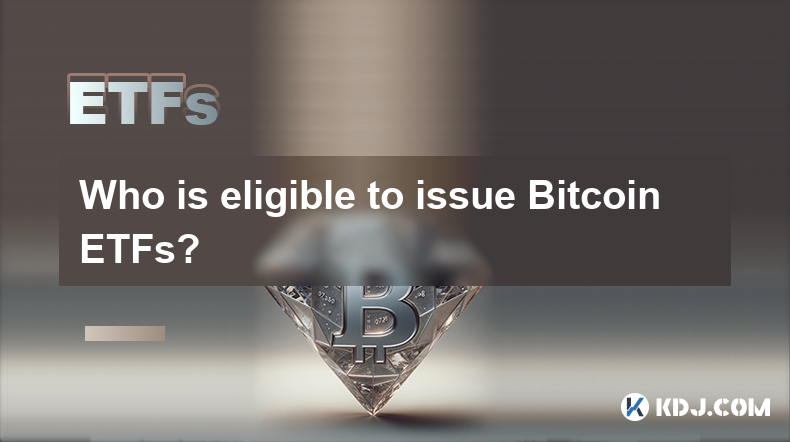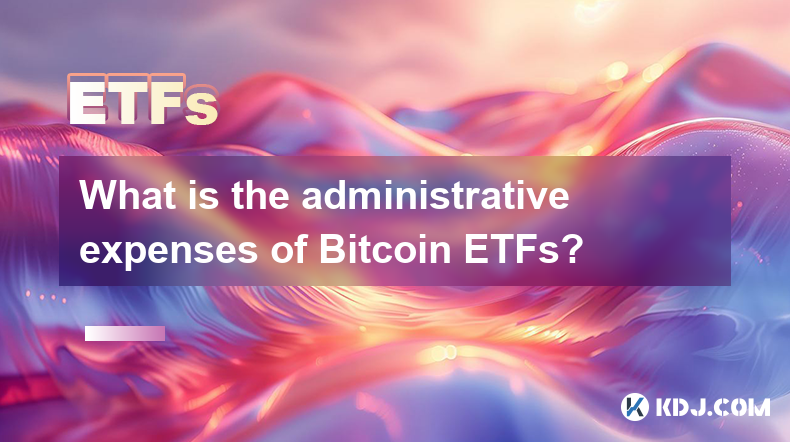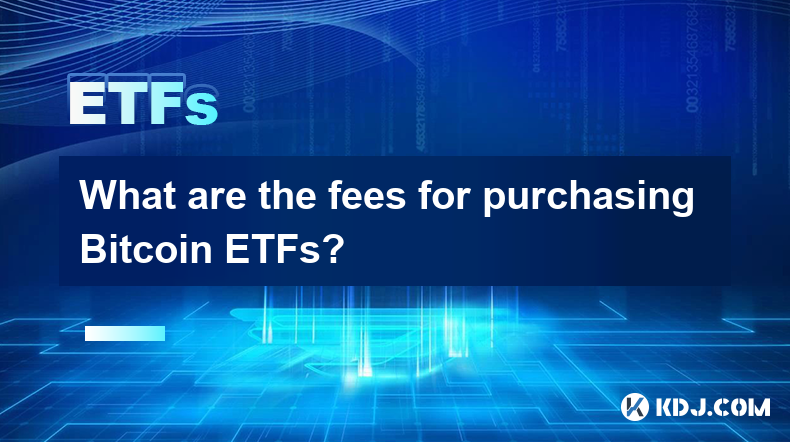-
 Bitcoin
Bitcoin $89,648.9936
3.10% -
 Ethereum
Ethereum $1,634.9935
0.83% -
 Tether USDt
Tether USDt $1.0001
0.00% -
 XRP
XRP $2.1121
0.22% -
 BNB
BNB $607.5525
1.13% -
 Solana
Solana $142.6148
3.47% -
 USDC
USDC $1.0001
0.01% -
 Dogecoin
Dogecoin $0.1661
3.19% -
 TRON
TRON $0.2448
1.39% -
 Cardano
Cardano $0.6440
0.74% -
 Chainlink
Chainlink $13.6009
1.53% -
 Avalanche
Avalanche $20.6094
0.82% -
 UNUS SED LEO
UNUS SED LEO $8.8353
-2.27% -
 Stellar
Stellar $0.2517
-1.99% -
 Sui
Sui $2.3807
6.54% -
 Shiba Inu
Shiba Inu $0.0...01288
2.64% -
 Hedera
Hedera $0.1748
3.14% -
 Toncoin
Toncoin $2.9376
-2.23% -
 Bitcoin Cash
Bitcoin Cash $347.8515
3.11% -
 Hyperliquid
Hyperliquid $18.5705
4.28% -
 Litecoin
Litecoin $80.3426
0.58% -
 Polkadot
Polkadot $3.8094
-2.11% -
 Dai
Dai $1.0000
0.00% -
 Bitget Token
Bitget Token $4.4853
1.04% -
 Ethena USDe
Ethena USDe $0.9992
0.00% -
 Pi
Pi $0.6384
0.98% -
 Monero
Monero $217.3786
0.45% -
 Pepe
Pepe $0.0...08251
4.70% -
 Uniswap
Uniswap $5.4544
0.75% -
 Aptos
Aptos $5.0198
-2.62%
How to set up the stop-profit and stop-loss strategy of currency circle ETF?
To optimize the stop-profit and stop-loss strategy for Currency Circle ETF, investors should consider setting realistic profit targets, utilizing multiple stop-loss orders, and testing the strategy using historical data before deployment.
Jan 06, 2025 at 09:10 pm

Key Points
- Understanding the stop-profit and stop-loss strategy
- Setting up a stop-profit order
- Setting up a stop-loss order
- Managing the stop-profit and stop-loss orders
- Tips for optimizing the stop-profit and stop-loss strategy
How to Set Up the Stop-Profit and Stop-Loss Strategy of Currency Circle ETF?
Understanding the Stop-Profit and Stop-Loss Strategy
The stop-profit and stop-loss strategy is a risk management technique used in the cryptocurrency market to protect profits and minimize losses. This strategy involves setting two orders, a stop-profit order and a stop-loss order, which are automatically executed when the price of the ETF reaches a predetermined level.
- Stop-profit order: Buy/sell order is placed to exit the position when the market price reaches a specified price that is higher than the entry price, which allows investors to lock in profits and protect against market downturns.
- Stop-loss order: Buy/sell order is placed to exit the position when the market price reaches a specified price that is lower than the entry price, which is used to limit losses if the market falls.
Setting Up a Stop-Profit Order
- Determine your profit target: Analyze market trends and technical indicators to estimate how much profit you want to make from the position.
- Set the stop-profit price: Place the stop-profit order at a price that is above your entry price by the desired profit amount. Example: If you bought an ETF at $10 with a target profit of 10%, the stop-profit price should be $11.
- Choose the stop-profit order type: Select from market, limit, or stop orders depending on your execution requirements and risk tolerance.
Setting Up a Stop-Loss Order
- Determine your risk tolerance: Evaluate your financial situation and investment goals to determine how much loss you are willing to accept.
- Set the stop-loss price: Place the stop-loss order at a price that is below your entry price by the maximum loss you are willing to take. Example: If you bought an ETF at $10 and are willing to lose 5%, the stop-loss price should be $9.50.
- Choose the stop-loss order type: As with stop-profit orders, select from market, limit, or stop orders based on your execution and risk preferences.
Managing the Stop-Profit and Stop-Loss Orders
- Monitor the market: Regularly check the performance of your ETF and the price levels where your stop-profit and stop-loss orders are set.
- Adjust the orders: If market conditions change significantly or your investment goals evolve, adjust the stop-profit and stop-loss prices accordingly.
- Consider trailing stop-losses: Utilize trailing stop-losses that automatically adjust the stop-loss price based on the ETF's performance, protecting profits while allowing continued gains.
Tips for Optimizing the Stop-Profit and Stop-Loss Strategy
- Set realistic targets: Avoid setting overly ambitious profit targets that may lead to premature exits or missed opportunities.
- Use multiple stop-loss orders: Consider placing multiple stop-loss orders at different price levels to mitigate the risk of sudden market reversals.
- Test the strategy: Backtest your strategy using historical data to assess its effectiveness and make necessary adjustments before deploying it live.
- Seek professional guidance: Consult with a financial advisor if you lack the expertise or confidence to implement the stop-profit and stop-loss strategy on your own.
FAQs
What are the differences between market, limit, and stop orders?
- Market orders are executed immediately at the current market price.
- Limit orders are executed only when the market price reaches or exceeds a specified limit price.
- Stop orders are executed when the market price reaches or falls below a specified stop price.
How do I know if the stop-profit and stop-loss strategy is right for me?
The stop-profit and stop-loss strategy is suitable for investors who:
- Want to protect their profits and limit losses.
- Are unable to actively monitor their investments.
- Have a clear risk tolerance and profit target.
Can the stop-profit and stop-loss strategy guarantee profits?
No. The stop-profit and stop-loss strategy is a risk management tool that cannot guarantee profits or prevent losses. However, it can help investors improve their risk-to-reward ratio and protect their capital.
Disclaimer:info@kdj.com
The information provided is not trading advice. kdj.com does not assume any responsibility for any investments made based on the information provided in this article. Cryptocurrencies are highly volatile and it is highly recommended that you invest with caution after thorough research!
If you believe that the content used on this website infringes your copyright, please contact us immediately (info@kdj.com) and we will delete it promptly.
- From a Coin That Wasn't Supposed to Exist to Another That Got Melted Down
- 2025-04-22 21:00:12
- 3 Cryptos to Buy Now Before Parabolic Gains Hit
- 2025-04-22 21:00:12
- Coinbase Derivatives launches XRP-Future contracts, approved by the American Commodity Futures Trading Commission (CFTC)
- 2025-04-22 20:55:13
- Amp (AMP) price prediction: Can this token continue its bullish run?
- 2025-04-22 20:55:13
- Trump Establishes a Limited Bitcoin Strategic Reserve via Executive Order
- 2025-04-22 20:50:12
- Meme Coin Did Not Ruin This Cycle, But Instead Accelerated the Maturity of the Industry as a Market Catalyst
- 2025-04-22 20:50:12
Related knowledge

What role does SEC play in Bitcoin ETF approval?
Feb 25,2025 at 06:48am
Key Points:SEC's Role in Bitcoin ETF Approval ProcessHistorical Efforts to Establish a Bitcoin ETFSEC's Criteria for Bitcoin ETF ApprovalPotential Impact of a Bitcoin ETF on the Cryptocurrency MarketTimeline and Outlook for Bitcoin ETF ApprovalArticle:SEC Play in Bitcoin ETF ApprovalThe United States Securities and Exchange Commission (SEC) plays a crit...

Who is eligible to issue Bitcoin ETFs?
Feb 25,2025 at 11:13am
Key Points:Only regulated financial institutions with the necessary expertise and infrastructure are eligible to issue Bitcoin ETFs.The Securities and Exchange Commission (SEC) has not yet approved any spot Bitcoin ETFs, but has approved several futures-based ETFs.Applicants must meet stringent requirements, including having a strong track record and su...

What impact does Bitcoin ETF have on the market?
Feb 25,2025 at 11:37am
Key Points:Introduction to Bitcoin ETFs and their role in the cryptocurrency marketHistorical development and performance of Bitcoin ETFsPotential benefits of Bitcoin ETFs for investors and the marketRisks and limitations associated with Bitcoin ETFsRegulatory considerations and their impact on Bitcoin ETFsArticle:Introduction to Bitcoin ETFsBitcoin exc...

Which investors are Bitcoin ETFs suitable for?
Feb 27,2025 at 04:01pm
Key Points:Understanding Bitcoin ETFsBenefits of Bitcoin ETFsSuitability of Bitcoin ETFs for Different InvestorsAssessing Risk Tolerance and Investment GoalsConsidering Short-Term and Long-Term StrategiesExamining Tax ImplicationsSeeking Professional AdviceUnderstanding Bitcoin ETFsBitcoin exchange-traded funds (ETFs) are investment vehicles that track ...

What is the administrative expenses of Bitcoin ETFs?
Feb 26,2025 at 12:24am
Key Points:Administrative expenses are a crucial factor to consider when evaluating Bitcoin ETFs.These expenses can significantly impact the performance of the fund and ultimately the investor's returns.Understanding the various components of administrative expenses is essential for informed decision-making.Comparing administrative expenses across diffe...

What are the fees for purchasing Bitcoin ETFs?
Feb 27,2025 at 07:13pm
Key Points:Bitcoin exchange-traded funds (ETFs) are a cost-effective and regulated way to gain exposure to Bitcoin.Fees associated with Bitcoin ETF purchases vary depending on the platform, trading volume, and account type.It is essential to evaluate fee structures carefully to optimize investment returns.Fees Associated with Purchasing Bitcoin ETFs1. B...

What role does SEC play in Bitcoin ETF approval?
Feb 25,2025 at 06:48am
Key Points:SEC's Role in Bitcoin ETF Approval ProcessHistorical Efforts to Establish a Bitcoin ETFSEC's Criteria for Bitcoin ETF ApprovalPotential Impact of a Bitcoin ETF on the Cryptocurrency MarketTimeline and Outlook for Bitcoin ETF ApprovalArticle:SEC Play in Bitcoin ETF ApprovalThe United States Securities and Exchange Commission (SEC) plays a crit...

Who is eligible to issue Bitcoin ETFs?
Feb 25,2025 at 11:13am
Key Points:Only regulated financial institutions with the necessary expertise and infrastructure are eligible to issue Bitcoin ETFs.The Securities and Exchange Commission (SEC) has not yet approved any spot Bitcoin ETFs, but has approved several futures-based ETFs.Applicants must meet stringent requirements, including having a strong track record and su...

What impact does Bitcoin ETF have on the market?
Feb 25,2025 at 11:37am
Key Points:Introduction to Bitcoin ETFs and their role in the cryptocurrency marketHistorical development and performance of Bitcoin ETFsPotential benefits of Bitcoin ETFs for investors and the marketRisks and limitations associated with Bitcoin ETFsRegulatory considerations and their impact on Bitcoin ETFsArticle:Introduction to Bitcoin ETFsBitcoin exc...

Which investors are Bitcoin ETFs suitable for?
Feb 27,2025 at 04:01pm
Key Points:Understanding Bitcoin ETFsBenefits of Bitcoin ETFsSuitability of Bitcoin ETFs for Different InvestorsAssessing Risk Tolerance and Investment GoalsConsidering Short-Term and Long-Term StrategiesExamining Tax ImplicationsSeeking Professional AdviceUnderstanding Bitcoin ETFsBitcoin exchange-traded funds (ETFs) are investment vehicles that track ...

What is the administrative expenses of Bitcoin ETFs?
Feb 26,2025 at 12:24am
Key Points:Administrative expenses are a crucial factor to consider when evaluating Bitcoin ETFs.These expenses can significantly impact the performance of the fund and ultimately the investor's returns.Understanding the various components of administrative expenses is essential for informed decision-making.Comparing administrative expenses across diffe...

What are the fees for purchasing Bitcoin ETFs?
Feb 27,2025 at 07:13pm
Key Points:Bitcoin exchange-traded funds (ETFs) are a cost-effective and regulated way to gain exposure to Bitcoin.Fees associated with Bitcoin ETF purchases vary depending on the platform, trading volume, and account type.It is essential to evaluate fee structures carefully to optimize investment returns.Fees Associated with Purchasing Bitcoin ETFs1. B...
See all articles























































































